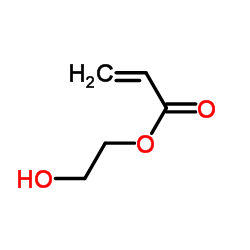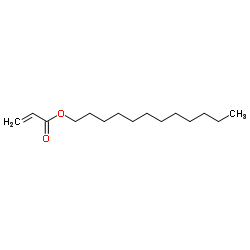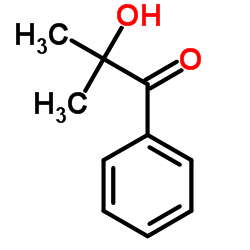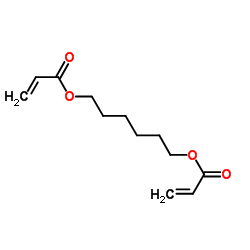| Structure | Name/CAS No. | Articles |
|---|---|---|
 |
Ethanol
CAS:64-17-5 |
|
 |
2-Hydroxyethyl acrylate
CAS:818-61-1 |
|
 |
Dodecyl acrylate
CAS:2156-97-0 |
|
 |
Decane
CAS:124-18-5 |
|
 |
2-Hydroxy-2-methyl propiophenone
CAS:7473-98-5 |
|
 |
1,6-Hexanediyl bisacrylate
CAS:13048-33-4 |